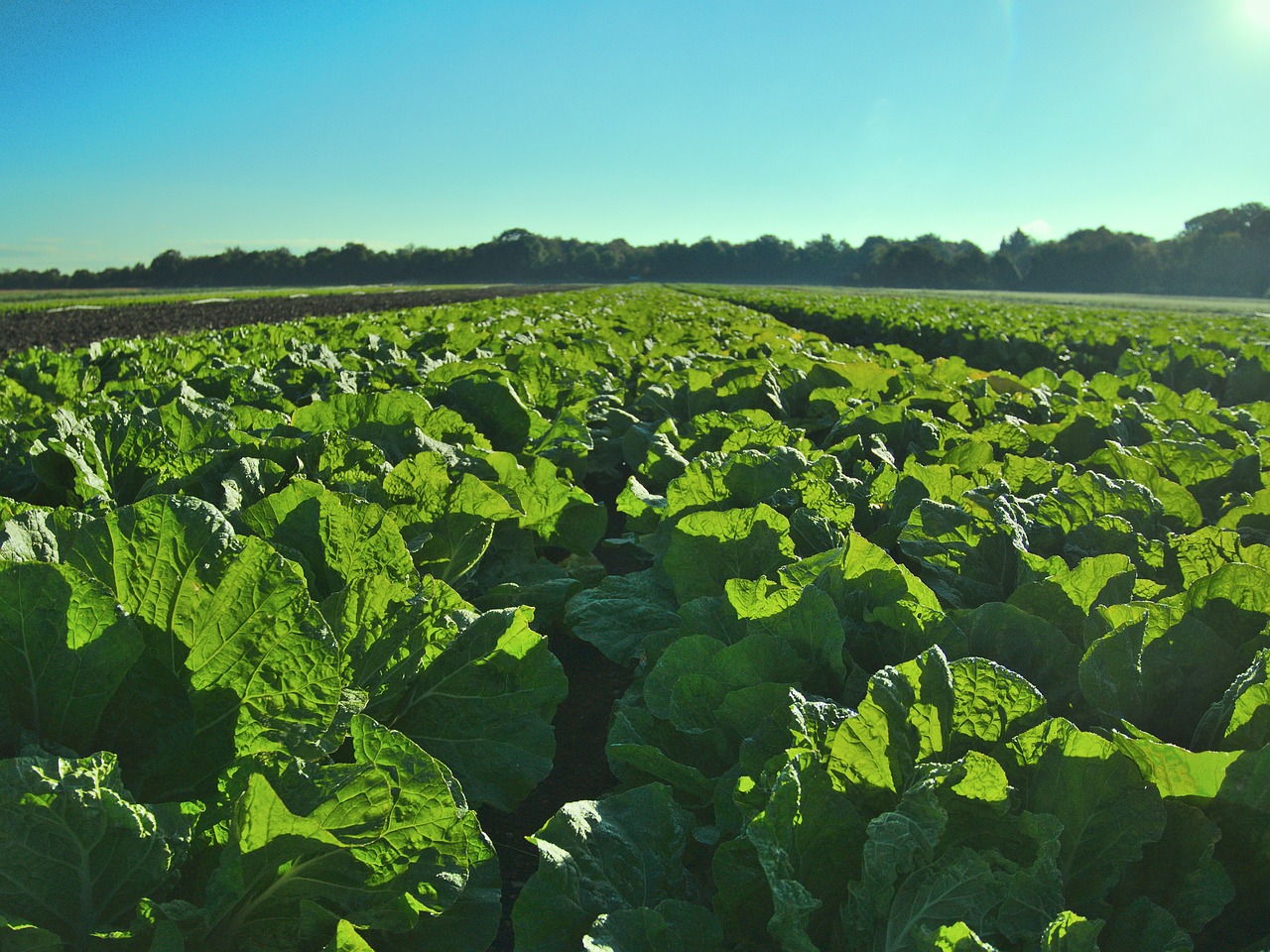Are Industrial Agriculture and Genetic Modification the Answer to Feeding Humanity?
Author: Dr. David Suzuki, Ian Hanington | Published: August 6, 2017
Industrial agriculture has made it possible to produce large amounts of food fairly efficiently, but it also comes with numerous problems.
The following excerpt is from Just Cool It! A Post-Paris Agreement Game Plan, by David Suzuki and Ian Hanington (Greystone Books, 2017)
Over the past half century, the world has moved increasingly to industrial agriculture—attempting to maximize efficiency through running massive, often inhumane livestock operations; turning huge swaths of land over to monocrops requiring liberal use of fertilizers, pesticides, and genetic modification; and relying on machinery that consumes fossil fuel and underpaid migrant workers. Industrial agriculture has made it possible to produce large amounts of food fairly efficiently, but it also comes with numerous problems: increased greenhouse gas emissions; loss of forests and wetlands that prevent climate change by storing carbon; pollution from runoff and pesticides; antibiotic and pesticide resistance; reduced biodiversity; and soil degradation, erosion, and loss. Depletion of fertile soils is especially troubling, with losses estimated to be occurring up to one hundred times faster than they can regenerate with current industrial agriculture practices. Biodiversity loss refers to both a reduction in the number of crop varieties—more than 75 percent of plant genetic diversity has vanished over the past 100 years, according to the UN Food and Agriculture Organization—and to reduced biodiversity among species that require diverse habitats for survival.
The “solution” many experts offer for feeding a growing human population is to double down on industrial agriculture and genetic modification. Some argue leaning more heavily on genetically modified crops, and perhaps even animals, is the only way to go. A new process called clustered regularly interspaced short palindromic repeats, or CRISPR, allows researchers to turn a specific gene on or off. It’s being touted as a way to produce “plants that can withstand what an increasingly overheated nature has in store” and create “a more nutritious yield, from less plant,” according to a 2015 Newsweek article.

